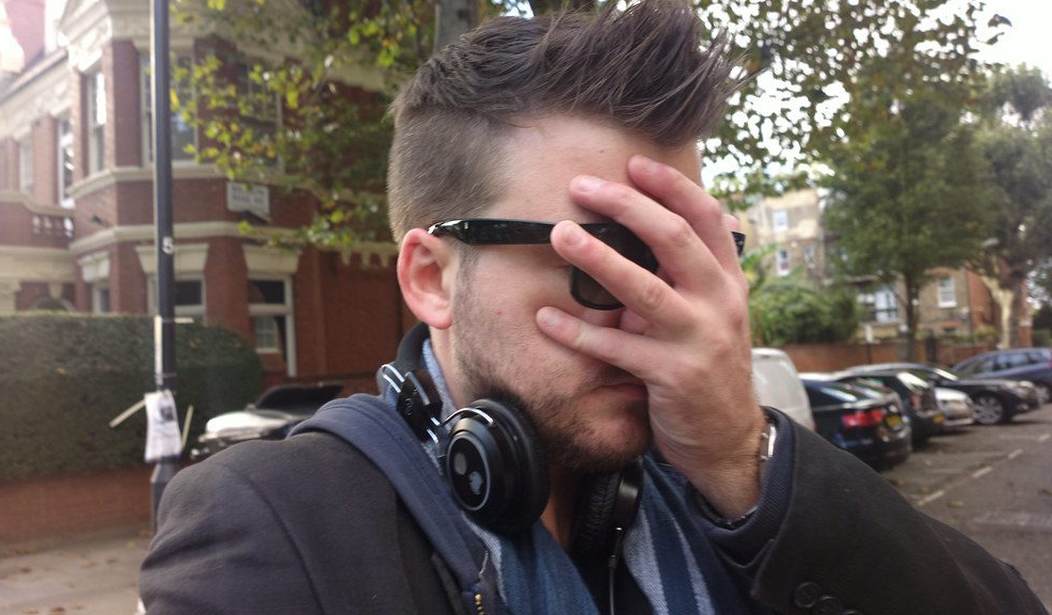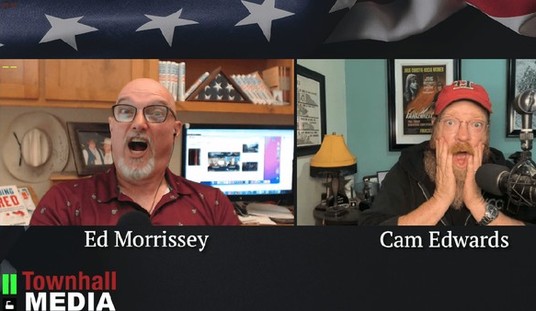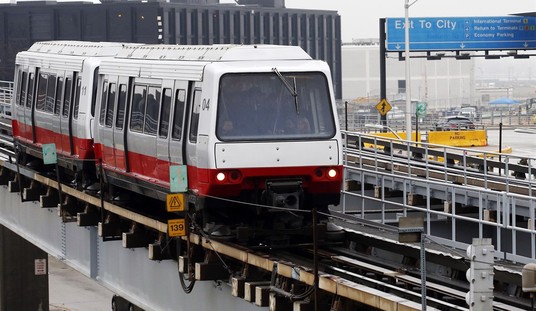I cringe anytime I see someone offer up a “modest proposal” on guns, but it takes a second.
My initial reaction is hope that we’ll see satire like in Thomas Swift’s “Modest Proposal” that suggested addressing poverty by having the poor eat babies. It was a poke meant to shock people, so I tend to hope we’ll see something like that.
But that’s over very quickly. It’s over because, frankly, it’s almost never anything like that.
Instead, what we have is a gun control advocate who is offering up what he or she believes to be a very modest proposal regarding firearms but are complete non-starters as far as most Second Amendment advocates go.
I would like to suggest a simple two-part solution for gun violence in the United States.
First, we must make it more difficult to own guns.
Taxes and national pricing regulations could be used to increase the cost of guns. Regulations could be enacted that charge tariffs to gun manufacturers and retailers based on the real costs of guns to society. Estimates are that gun violence costs our country over $500 billion dollars a year, including costs to victims, cost to police, courts, and the criminal justice system, lost wages and spending, losses to quality of life, etc. And much of these costs are born by government agencies and thus are paid for by all taxpayers. These costs could inform a tariff added to the price of guns manufactured and/sold in the United States.
Second, we could treat guns more like cars; that is make it a bit cumbersome and difficult to own and operate one. We could enact a registration system for guns that would require folks to possess a gun owner’s license before they could purchase or own a gun. To get such a license, people would have to be a certain age (30?), pay a substantial annual fee, and pass an annual gun training course and exam. Of course, the course and exam would also change a substantial fee to participants, and buying the resultant permit would also be costly. In addition, owners could be required to answer a tedious and complicated gun ownership application and present their gun and ammunition to the “Department of Firearms Ownership,” DFO, for inspection. DFO offices could be very understaffed, very bureaucratic, and very difficult to visit and use. In addition, there would be substantial fines assigned to people who violate any of these rules and, of course, their guns and ammunition would be confiscated.
In other words, let’s make buying and owning a gun very expensive, bureaucratic, and time-consuming process in the United States. And, as an added benefit, the taxes and fees collected in the gun owner licensing and registration process could be used to cover some of the costs created by gun violence and could be directed to public health education programs concerned with the problem of gun violence.
If this is a modest proposal, I’d just love to see what he considers extreme.
Yet this is also particularly telling, at least to me, as to why there will never be any common ground on gun control.
Even if we were willing to give a little bit, if this is what the other side considers “modest,” them that would require every gun rights activist to repudiate pretty much everything they stand for. The whole premise here is to make guns ridiculously hard for the vast majority of Americans to obtain them. It explicitly says to make them so expensive that those who are most in need of protection will be unable to afford it.
It’s beyond disgusting that someone could actually think of this brand of anti-Second Amendment extremism as “modest” in any way, shape, or form.
Even those who are willing to give up a step or two in the name of security are going to find this one hard to swallow, and absolutely nothing in that piece actually address guns in criminal hands.
The author makes the case that if owning a gun is a pain and the government has a “buyback” and offers a good price, many will sell their guns, but criminals likely won’t. Just like a carpenter isn’t going to sell his hammer, a criminal isn’t going to willfully disarm himself. It’s just not going to happen.
So what you’ve really got here is a proposal that would disarm the law-abiding and make them more vulnerable to the criminals who now realize their targets are less likely to be able to shoot back.
The author tries to make the case earlier in the piece that gun ownership rates in other countries is lower, as is their rate of so-called gun deaths, but what he misses is that the American non-gun homicide rate typically is higher than other developed nations’ total homicide rate.
That tells you our issue isn’t the availability of guns but something more fundamental, none of which this “modest proposal” addresses.
In fact, calling this a modest proposal is akin to a stripper saying she dresses modestly at work. You can make the claim, but all the evidence says otherwise.









